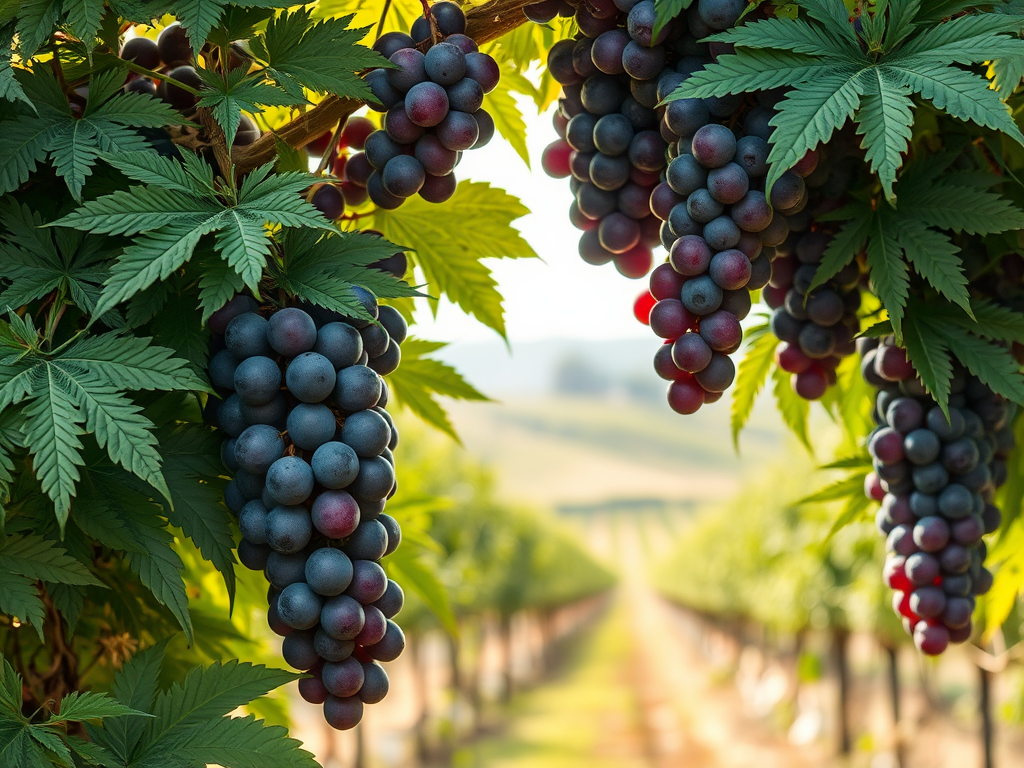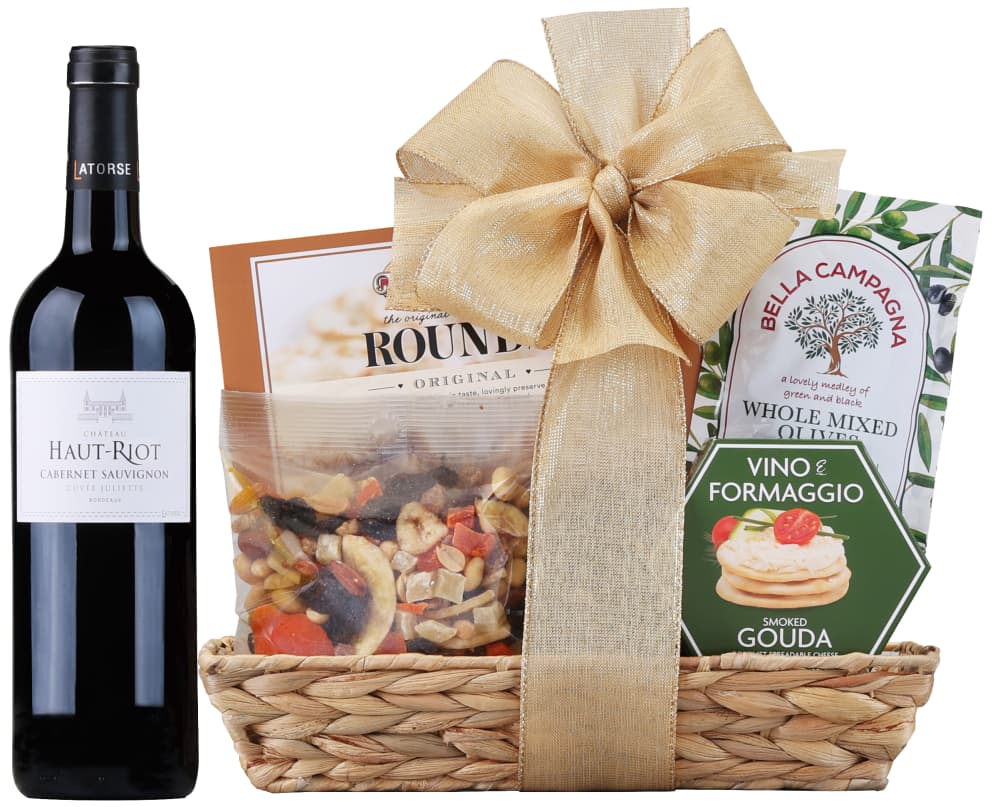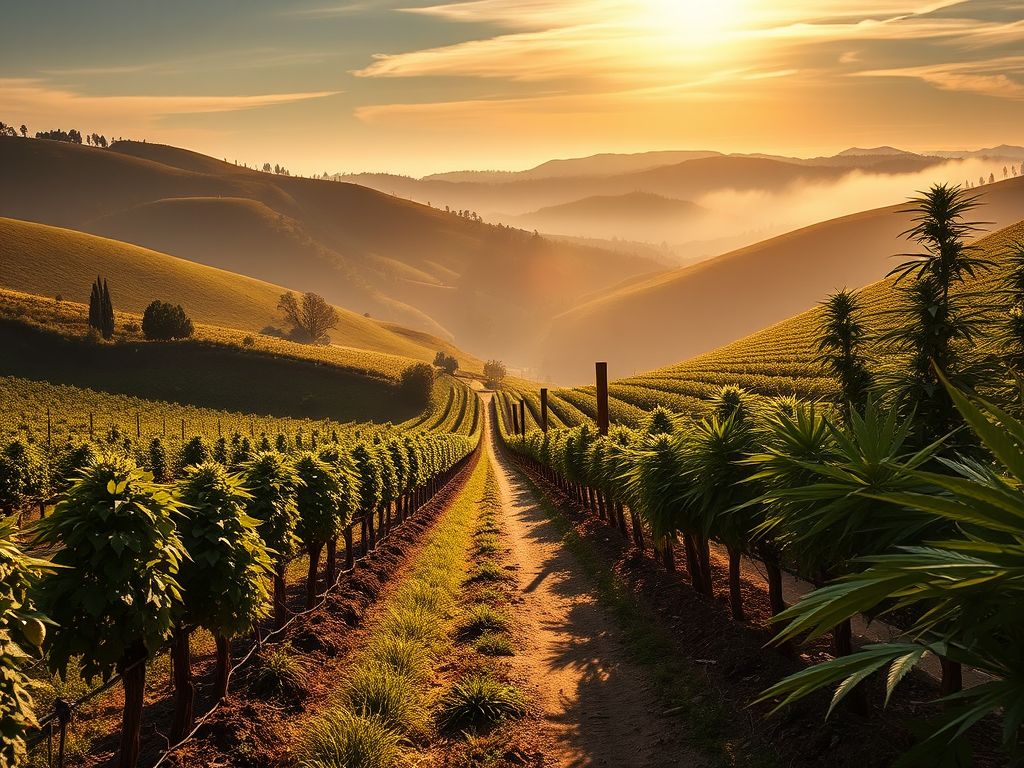This post may contains affiliate links. Read our full disclosure here.
Let’s talk about two California favorites that have more in common than you’d think. Forget the old stereotypes—California’s cannabis and wine industries in 2025 are practically cousins facing the same family drama. Both are battling climate change, navigating complex regulations, and working to maintain their craft in an increasingly corporate world. They’re not just agricultural products; they’re cultural institutions shaped by the Golden State’s unique terroir and innovative spirit.
As someone who appreciates a good glass of Napa Valley Cabernet and doesn’t mind the occasional CBD tincture after a long day, I’ve noticed these parallels growing stronger each year. 2025 has brought even more challenges and opportunities for both industries, from sustainable farming practices to small-batch production methods. Let’s pour a glass (or roll one up, no judgment) and chat about why these seemingly different worlds are fighting the same battles.
Mother Nature’s Mood Swings: Climate Change Hits Both Crops Hard
Climate change isn’t playing favorites in 2025—it’s coming for both your wine and weed supply. California’s unpredictable weather patterns are giving farmers in both industries serious headaches. According to that 2024 UC Davis study, grape growers have been forced to adopt dry farming techniques as water becomes increasingly scarce across the state. Meanwhile, cannabis cultivators are turning to drought-resistant autoflowering varieties that can thrive with minimal irrigation, as reported by Leafly this year.

The wildfires that tore through Northern California last year didn’t just threaten properties—they left lasting impacts on crops. Wine lovers are now familiar with “smoke taint,” that unpleasant ashy flavor that can ruin an entire vintage. What many don’t realize is that cannabis suffers the same fate when exposed to heavy smoke, absorbing those same unwanted compounds that affect taste and quality.
Both industries are responding with similar solutions. Regenerative farming isn’t just a trendy buzzword anymore—it’s becoming essential for survival. Techniques like cover cropping, reduced tillage, and composting are helping both vineyards and cannabis farms build healthier soil that can better withstand climate change challenges. The focus on soil health has never been more important for both industries.
Want to support climate-resilient growers? Follow Instagram accounts like @RebelGrapes for wine and @SungrownCannabisCo for cannabis to discover producers who are adapting to climate challenges instead of fighting against them. Their products might not always be the cheapest, but they’re working toward a more sustainable agricultural future for both industries.

Red Tape and Regulations: Not All Farmers Are Created Equal
You’d think after years of cannabis legalization in California, the playing field would be level by now. Spoiler alert: it’s not even close in 2025. While wine producers can ship their bottles to nearly any state (with some exceptions), cannabis growers are still locked within state borders due to federal prohibition. According to Forbes’ 2025 industry report, interstate cannabis commerce remains illegal, forcing California growers to compete solely within the saturated local market.

This regulatory disparity creates huge problems for small cannabis farms. Unlike their wine counterparts who can build national distribution networks, cannabis growers are fighting for shelf space against corporate giants like Canopy Growth. Sound familiar? It’s the same battle that independent Sonoma Valley wineries have fought against big alcohol conglomerates—just with even more hurdles.
Banking regulations continue to create headaches for cannabis businesses too. While wineries can easily secure loans for expansion, many cannabis farmers still operate primarily in cash, making growth and scaling nearly impossible without significant outside investment. The resulting consolidation threatens the diversity and character of California cannabis just as corporate buyouts have homogenized parts of the wine industry.
Despite these challenges, there’s a silver lining: the regulatory gauntlet has forced cannabis growers to become incredible innovators and community builders. Many have formed cooperatives and shared processing facilities similar to wine co-ops, pooling resources to survive in a challenging marketplace.

Terroir Isn’t Just for Wine Anymore
If you’ve spent any time learning about wine, you’re familiar with terroir—that magical combination of soil, climate, and geography that gives each wine region its distinct character. Turns out, cannabis connoisseurs are just as obsessed with soil types and growing conditions as wine aficionados. A Humboldt-grown strain has different characteristics than the same variety grown in the Sierra foothills, thanks to differences in soil composition, elevation, and microclimate.

The craft movement has taken both industries by storm, with consumers increasingly seeking out small-batch products with a story. Just as wine lovers want to know about the fermentation process and oak aging, cannabis consumers in 2025 are asking about curing methods, terpene profiles, and cultivation practices. This shift toward connoisseurship has created space for artisanal producers to thrive despite market pressures.
Women-owned businesses have become particularly notable in both sectors. Brands like Herbaceous Wines in Sonoma and Sapphire Farms in Mendocino are making waves with their commitment to quality, sustainability, and community support. These female entrepreneurs often approach farming with a holistic, regenerative mindset that prioritizes long-term ecosystem health over short-term profits.
The tasting experience for both products has evolved similarly too. Just as wine tastings feature flights of different varietals with detailed tasting notes, cannabis dispensaries now offer curated experiences with knowledgeable budtenders explaining flavor profiles and effects. The parallels in consumer education and appreciation between the industries are striking.

Supporting California’s Agricultural Heritage
Whether you prefer uncorking a bottle or lighting up (or both—no judgment here), your purchasing choices have real impacts on California’s agricultural landscape. When you buy from small, sustainable producers in either industry, you’re helping preserve the state’s diverse farming traditions against corporate consolidation.
Look for transparency in production methods. Brands that openly share their farming practices—whether they’re making Pinot Noir or cultivating Purple Punch—are typically more invested in quality and sustainability. Don’t be afraid to ask questions about water usage, pest management, and labor practices when exploring new products from either industry.
Join community-supported agriculture programs for both wine and cannabis where available. Some forward-thinking companies now offer CSA-style subscriptions that connect consumers directly with local, seasonal harvests. This shortened supply chain means more money goes to the actual farmers while giving you access to limited small-batch releases.

The next time you’re sipping that glass of California Cabernet or enjoying a locally-grown pre-roll, take a moment to appreciate the shared struggles behind both products. These farmers are facing similar battles against climate change, regulatory hurdles, and market pressures—often with the same resilience and innovative spirit. Their parallel journeys represent the evolution of California agriculture in real time, balancing tradition with necessary adaptation. Whether you enjoy one, both, or neither of these products, their intertwined stories tell us something important about the future of farming in our changing world. What’s your favorite sustainable wine or cannabis brand? I’m always looking for new recommendations from conscious producers who are doing right by the land!




